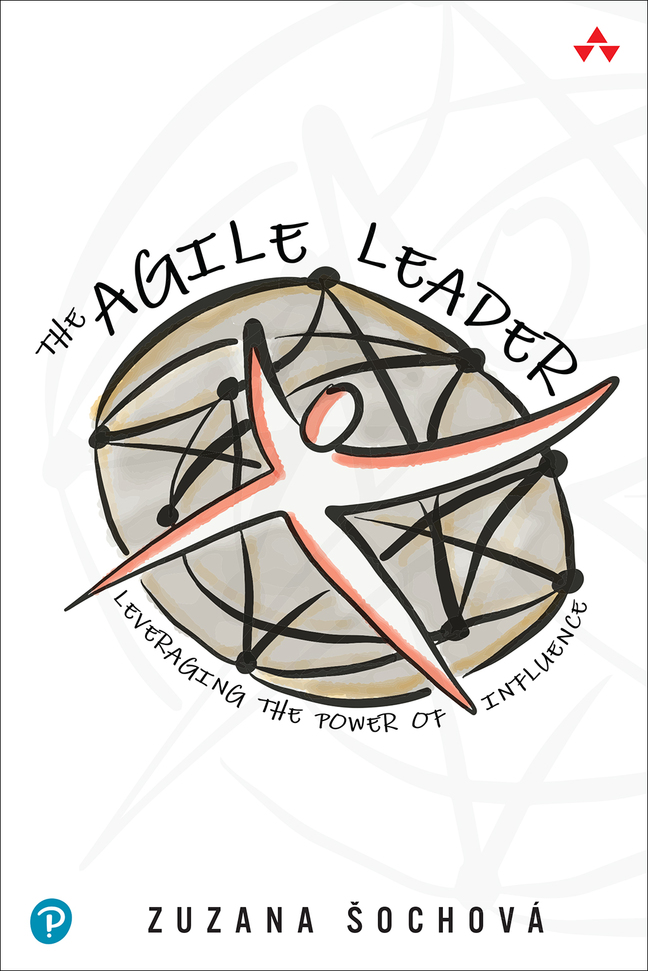One of the very common questions people ask is why companies are failing their agile transformations and what do we need to do to create sustainable agility? Let’s start with the most common mistakes. The first one is starting the change without creating a sense of urgency. If you don’t know why you need to change and what happens if you don’t change, there is only a little chance to be successful. Unless you know why you are changing the way you work (to be more agile, Scrum, or Kanban), then don’t do it. Neither Agile, Scrum, nor Kanban is your goal. They are just some sort of a ‘walking sticks’ helping you on your journey to success. You need to have a higher purpose defined which will be stronger than people’s individual goals and therefore unify them along the way. There needs to be a strong sense of urgency in the environment. Being different or implementing agile is not enough. There is another reason why the real strategic reasons need to be defined and that’s because those are exactly the metrics you need to measure to know if your transformation was successful. For example, if the real business reason for a change was to increase flexibility and fasten your learning, that’s how you can measure the success of the agile transformation. Neither velocity nor number of retrospectives matters.
The second most appealing way how to fail is to copy what someone is doing. Take their current way of working as a strict process and call it the only right way. When it worked somewhere else, why shall we take a hard time trying to invent it ourselves when we can just apply it as it is. Let’s rename it to some fancy name and fix it. It usually starts with a big push from the top and has often wrong expectations from such a change. Being Agile is going to be hard, you might not see the results right away, and renaming a few roles and departments would not be enough. You need to experiment and develop your own way of working. Only then you get the right habits and mindsets. MyCompanyAgile, nor Agile2.0 will help you.
To create your own flavor of the way of working, you need to start from the bottom, get experience from the teams, learn on the way through your own failures, do experiments, and have the courage to do things differently. Turn the organization around and build it based on the cross-functional teams who can actually deliver value end to end. Be business value driven, customer-centric. At some time, when you get used to this way of working at the team level and can imagine what needs to change in the business, systems architecture, and multiple team picture and you might need to get ready for the next step of scaling (implementing the agile way of working to larger products and ecosystems) and eventually the overall system of business agility (changing the way an organization operates, it’s structure, culture, and organizational design).
In summary – reflect, create a sense of urgency, experiment to find your own way, start small at the team level, and only once it works scale it through the entire organization. There is no silver bullet, you need to create your own way of working.

 Learn more about transforming organizations, leadership, and culture with Agile & Enterprise Coaching. Check our Scrum and Agile training sessions on Sochova.com. Grab a copy of The Great ScrumMaster: #ScrumMasterWay book and The Agile Leader: Leveraging the Power of Influence book.
Learn more about transforming organizations, leadership, and culture with Agile & Enterprise Coaching. Check our Scrum and Agile training sessions on Sochova.com. Grab a copy of The Great ScrumMaster: #ScrumMasterWay book and The Agile Leader: Leveraging the Power of Influence book.
Disclaimer: All I write on this blog is purely personal and has no relation with any position I have, used to have or will have in the future.
